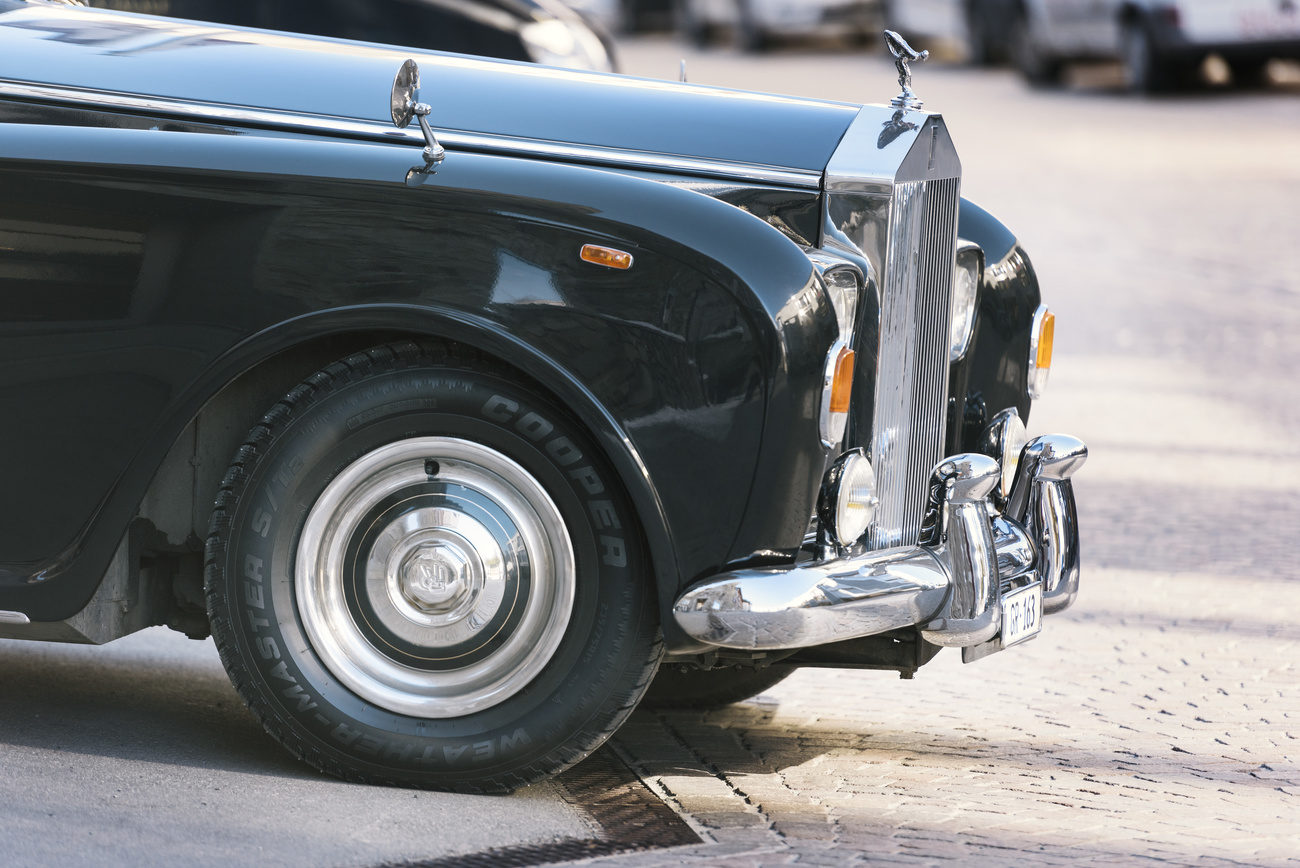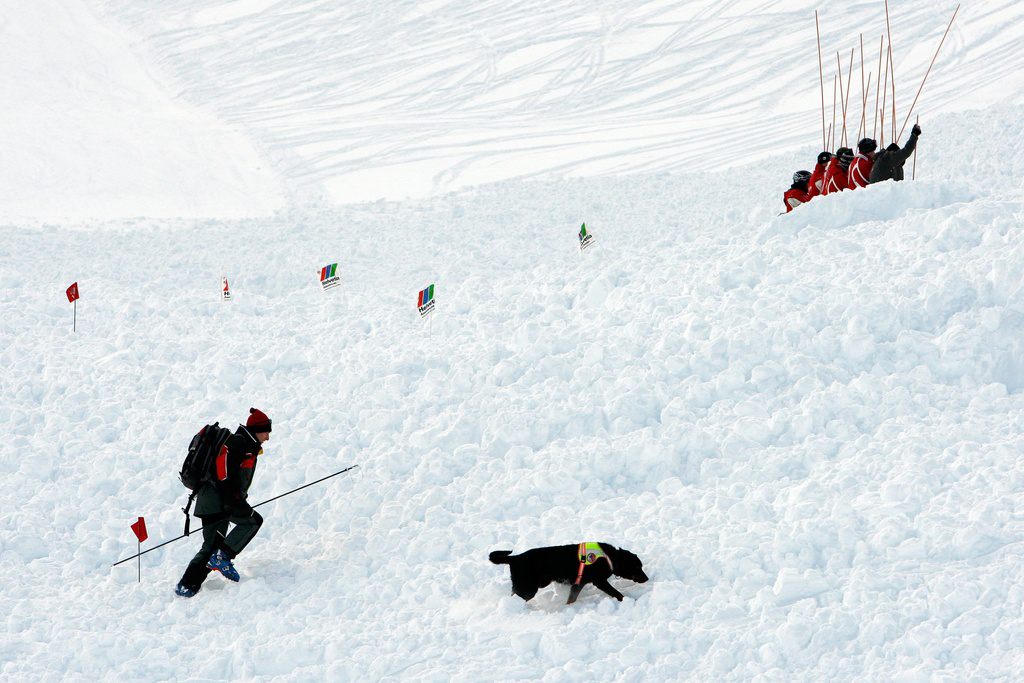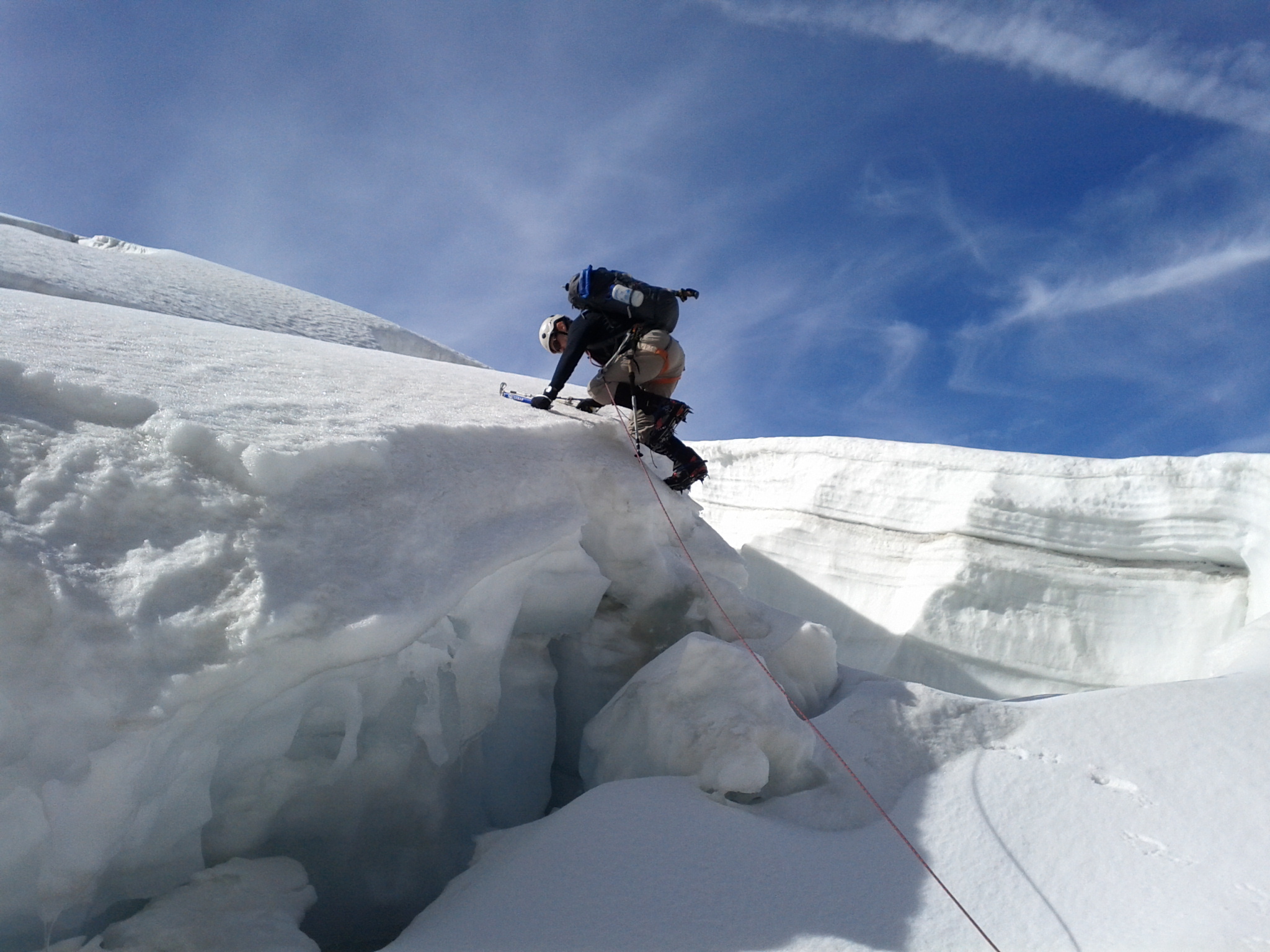August marks deadly period in Swiss Alps

August was a particularly deadly month in the Swiss Alps with reports of 26 deaths and numerous accidents as climbers fell off peaks and hikers stumbled on paths.
The Swiss Alpine Club (SAC) said mountain accidents in the first six months of 2011 were up by around ten per cent from last year, mainly due to the increase in visitors. Many of the fatal high-mountain incidents involved foreign tourists.
On Wednesday a Dutch man died after falling off the south face of the Mönch peak in the Bernese Oberland at 3,949 metres while reportedly descending without a rope.
The previous week two roped Italian climbers died after a 400-metre fall from the Dent d’Herens in the Zermatt region, an American 44-year-old climber was killed by a falling rock in the Jungfrau region and a German, 41, lost his life while hiking with friends on the Trift Glacier and falling 100 metres. The weekend before six other people died in the Swiss Alps.
The Swiss News Agency reported that 26 people had lost their lives in August, which was much higher than normal years.
According to the SAC, 81 people died between January and June in the Swiss mountains, which represents a ten per cent increase on 2010. Figures for July-August are not available yet.
Ueli Mosimann, an SAC expert on mountain sports security, said it was too early to say if 2011 was turning into one of the worst years on record for mountain accidents.
“It depends if we have nice weather in September,” he told swissinfo.ch.
The mountain specialist felt the rise could be explained by the ever growing hordes of visitors to the Swiss mountains, and good spring weather.
Mountain guides agree that this year has seen a sharp rise in visitors to mid-range mountain regions – below glaciers – as campaigns pushing healthy outdoor fun and adventure capture people’s imagination.
Patrick Torrent, head of guides at the Air Glaciers rescue service in Sion, in canton Valais said there had been hundreds of people every week on the Chamonix to Verbier Haute Route.
Young at heart
And it is not just young people. With life expectancy increasing, day trips, sports and leisure, in particular in the mountains, are now part of pensioners’ daily lives.
Torrent said he came across plenty of fit elderly hikers, but they were an increased risk as “they often try paths with unstable rocks”.
Pierre Mathey, vice president of the Valais Association of Mountain Guides, went further: “Unfortunately many like to go alone and with age they downplay the risks, like young children do. You have to repeat the dangers to them.”
The lack of technical ability is certainly one factor that can put hikers and climbers in danger. But general ignorance, that is climbing without inappropriate equipment, maps or water, on unsuitable routes, in poor physical fitness or bad weather conditions, is the primary risk, say experts.
“Some people underestimate the difficulties or overestimate their capacities,” Vincent Favre of the Valais rescue service told the French-language 24Heures newspaper.
The SAC says foreign tourists are responsible for 80 per cent of all accidents in the high mountain regions, but around 40-50 per cent of the overall total when ski touring and hiking figures are added.
“There are a lot more foreign visitors to the Alps than ten or 20 years ago,” said Mathey. “In some countries the mountains are very different from the ones in Switzerland and they are used to going alone – for some it’s a cultural thing but for others it’s a financial question.”
No sweat
Favre said in Zermatt many people do not bother dropping into the guide office in town before climbing the tricky Matterhorn.
“They say, ‘I’ve got a Mammut pair of trousers, I’m up there!’ But they forget that Superman’s clothing doesn’t make Superman. And they don’t get properly informed,” he commented.
Torrent also felt climbers sometimes put too much pressure on themselves.
“They come to Switzerland to climb a specific peak and then overestimate things. And they give up less easily than Swiss climbers might,” he told swissinfo.ch.
He recently rescued a group of young 25-30 year-olds who had to be air-lifted off a mountain with huge overweight backpacks full of climbing gear.
“They are often well equipped and trained, and don’t go to completely inaccessible areas, but it’s common for people to go way beyond normal itinerary times; what might take a guide six or seven hours can maybe them take 15 hours,” he explained.
According to the Swiss Council for Accident Prevention, some 9,720 people injured themselves in the mountains in 2009 compared with 6,240 in 2000.
At home the biggest danger is falling, with 176,000 people suffering injuries from falls on level ground, as opposed to falling down the stairs (70,000) or from a ladder or chair (also 70,000). Most deaths from domestic or leisure-related accidents involved falls.
In 2010, 124 people died in the Swiss Alps, an increase of 11 per cent on 2009. The figure increased to 173 when taking into account paragliding and mountain biking fatalities as well as deaths due to natural causes, such as heart attacks.
The largest number of people, 83, died after a fall – more than half of them while hiking. Thirty people died in avalanches – seven more than in 2009. Most were ski mountaineers.

In compliance with the JTI standards
More: SWI swissinfo.ch certified by the Journalism Trust Initiative















You can find an overview of ongoing debates with our journalists here . Please join us!
If you want to start a conversation about a topic raised in this article or want to report factual errors, email us at english@swissinfo.ch.